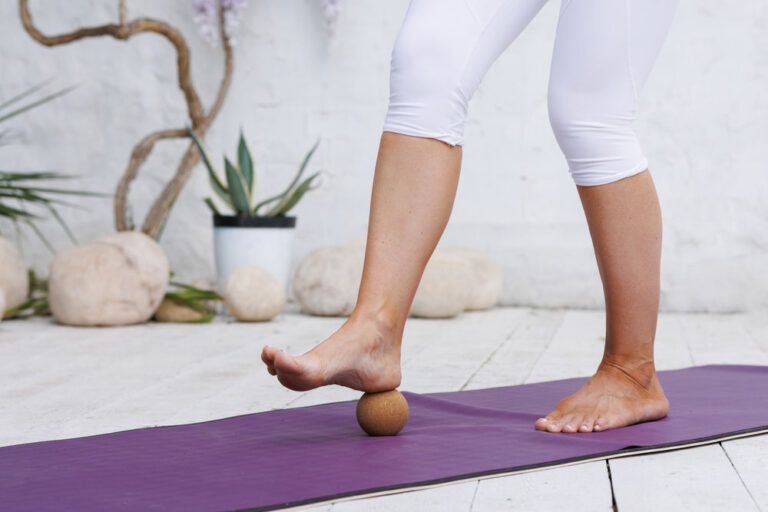
Plantar Fasciitis: How Our Specialists Provide Relief with Personalized Treatment Plans
Plantar fasciitis is one of the most common causes of heel pain, affecting millions of people and often interfering with daily activities. It occurs when the plantar fascia—a thick band of tissue that runs along the bottom of the foot
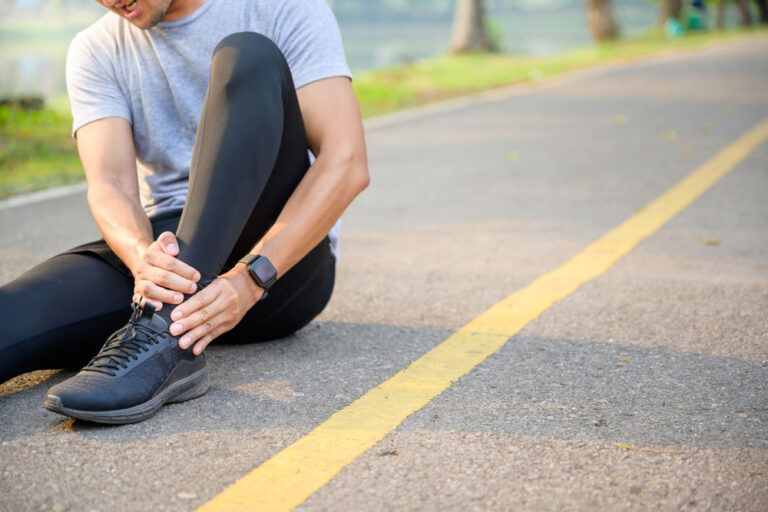
Achilles Tendon Injuries: Non-Surgical and Surgical Approaches to Treatment
Achilles tendon injuries are among the most common and debilitating conditions affecting the lower leg, especially in athletes and active individuals. The Achilles tendon is the largest tendon in the human body, connecting the calf muscles to the heel bone.
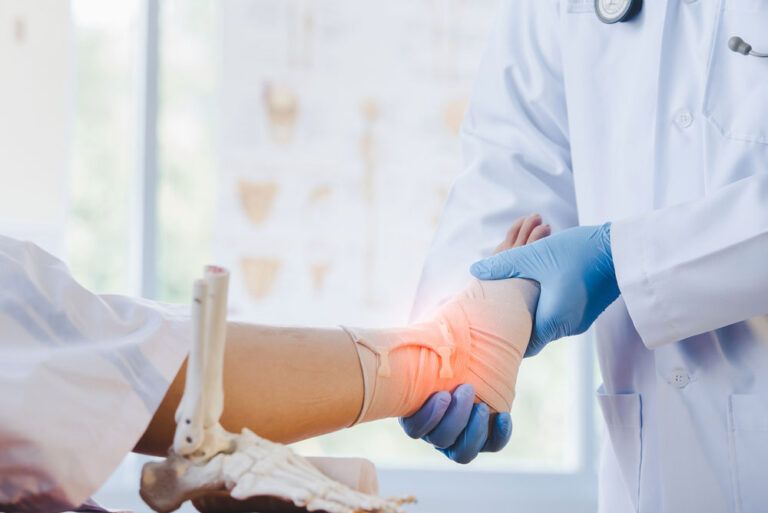
Foot & Ankle Fractures: When Surgery Is Necessary for Proper Healing
Foot and ankle injuries are among the most common musculoskeletal issues treated in orthopaedics. At Premier Orthopaedics & Sports Medicine, P.C., serving Bloomfield, NJ; Englewood, NJ; and Union City, NJ, education is a key component in helping patients understand the path
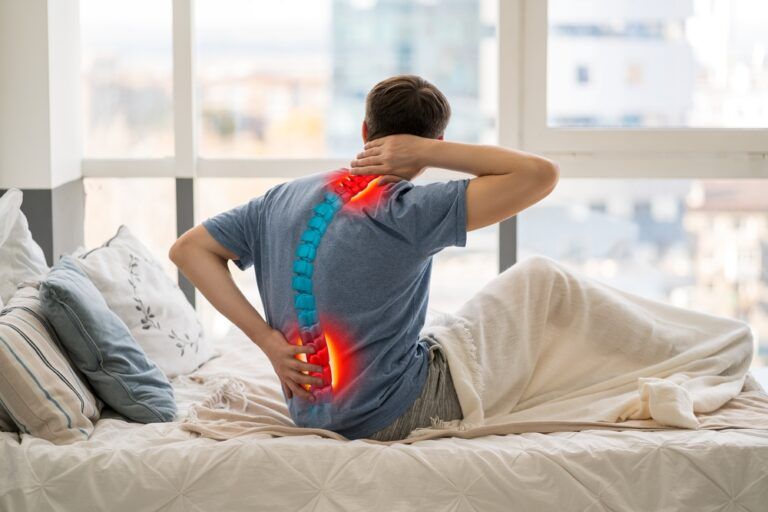
Spinal Deformities: How Surgery Can Correct Scoliosis, Kyphosis, and Lordosis
Spinal deformities are structural abnormalities in the curvature or alignment of the spine that can significantly affect posture, mobility, and quality of life. The three most common types of spinal deformities are scoliosis, kyphosis, and lordosis. Each presents differently and
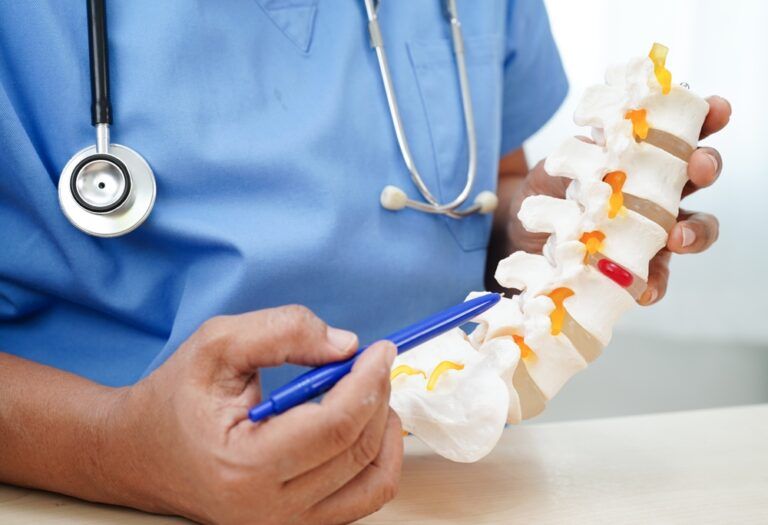
Degenerative Disc Disease: Non-Surgical Solutions for Long-Term Pain Relief
Degenerative Disc Disease (DDD) is a common spinal condition that arises from the gradual wear and tear of the intervertebral discs over time. Despite the name, it is not technically a disease but a natural part of aging that can
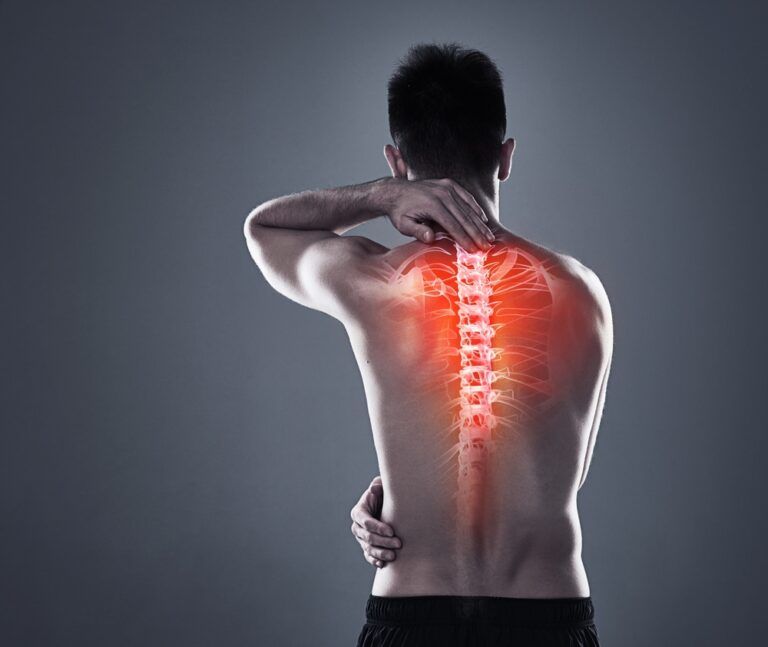
Spinal Stenosis: How We Use Advanced Technology to Alleviate Pain and Restore Mobility
Spinal stenosis is a condition that occurs when the spaces within the spine narrow, placing pressure on the spinal cord and nerves. This narrowing most commonly affects the lower back (lumbar spine) and the neck (cervical spine), leading to a

